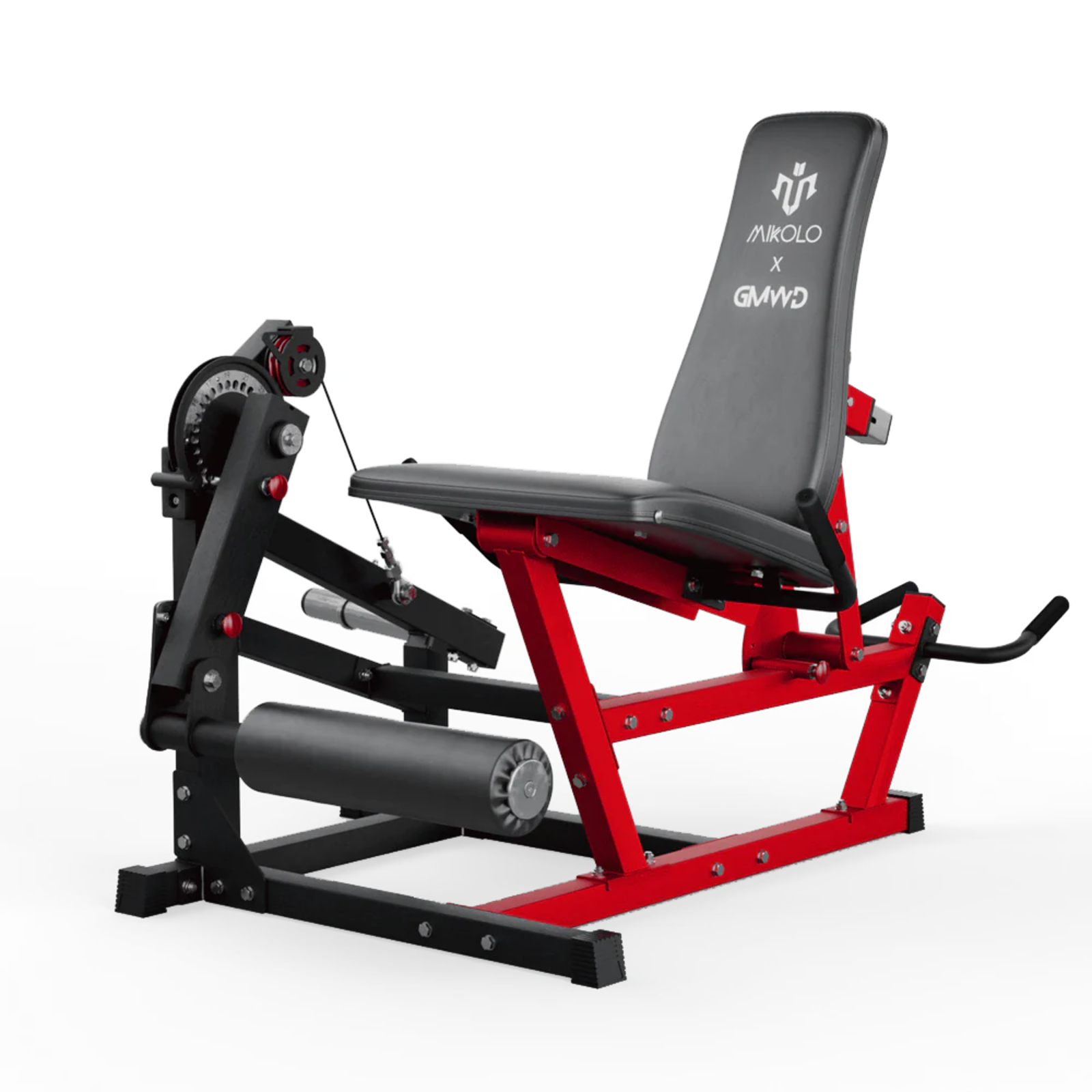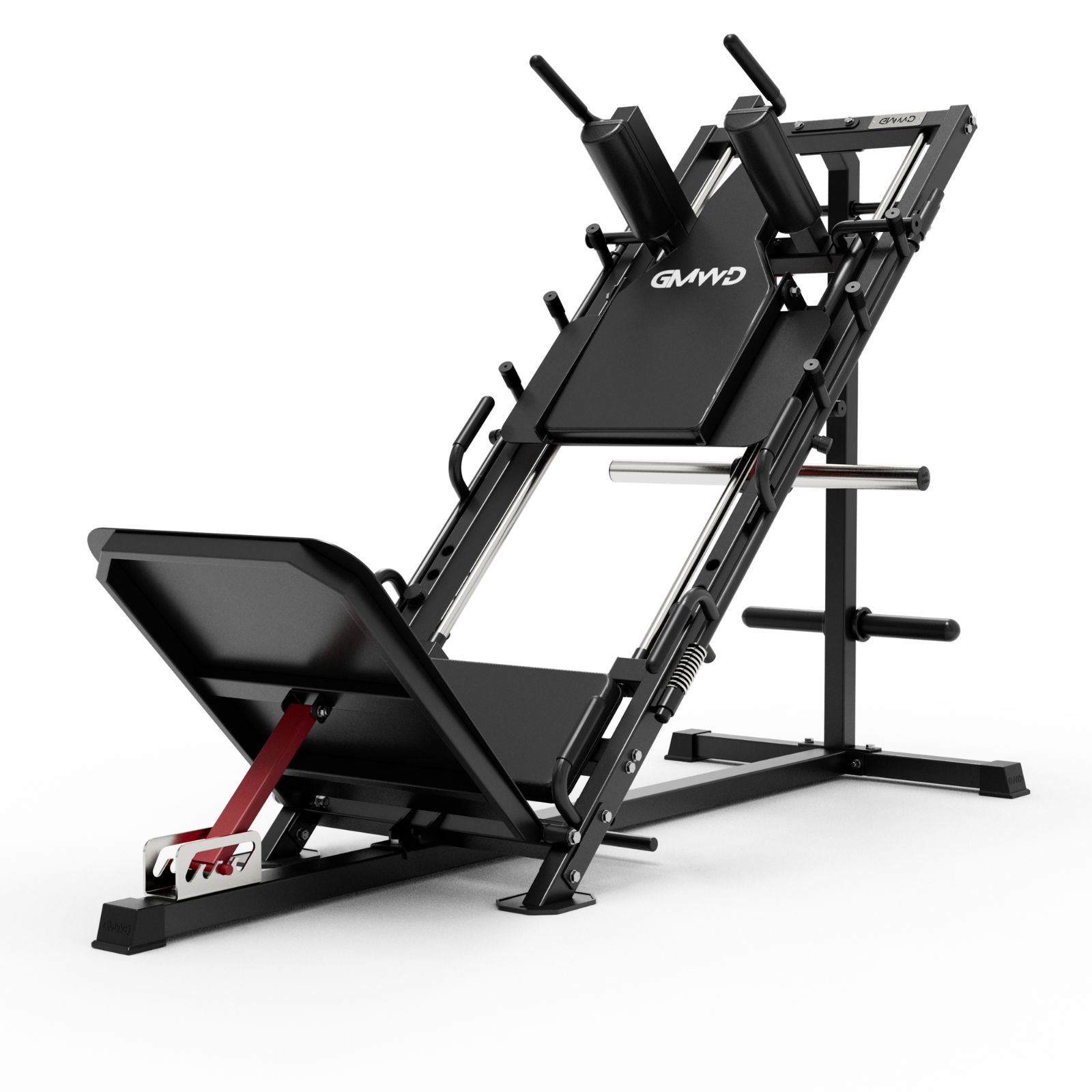When it comes to chest training, most people default to bench presses and push-ups without considering that the chest isn’t a one-size-fits-all muscle. If you’ve ever wondered how to work the lower chest specifically—or even questioned whether the “lower chest” is really a thing—you’re not alone. Many lifters find this area harder to target or develop compared to the upper or middle pectorals. In this article, we’ll break down the truth about training the lower chest, how to do it effectively, and why it matters.
Is the Lower Chest a Real Thing?
Yes, it absolutely is. Anatomically, the pectoralis major—the large, fan-shaped chest muscle—is divided into two heads: the clavicular head (upper chest) and the sternal head (middle and lower chest). While they work together in most pushing movements, you can emphasize different regions by adjusting your angle and movement pattern.
The “lower chest” is primarily the lower portion of the sternal head. It becomes especially visible and defined when your body fat is low and your chest is well-developed overall. Targeting this area isn't about inventing new muscles—it's about working smarter to emphasize the existing anatomy.
How to Work the Lower Chest: Exercises That Deliver
To engage the lower chest more effectively, movements should involve pushing in a downward direction or angling the chest so the resistance naturally targets the lower fibers.
1. Decline Bench Press
The classic go-to for lower chest development. By lying on a decline bench (15–30 degrees is enough), you shift the angle of the press so the lower pecs take on more of the load. Dumbbells offer more range of motion, but the barbell allows for heavier loading.
2. Cable Crossovers (Low to High Angle)
Using a cable machine, set the handles at the low setting and bring them upward and inward in a scooping motion. Focus on squeezing the chest at the top of the movement to fully contract the lower fibers.
3. Chest Dips (Forward Lean)
Bodyweight or weighted dips can be brutal—in a good way—for the lower chest. Lean forward slightly to keep the emphasis on your chest rather than your triceps. Keep your elbows flared just enough to feel the pec stretch.
4. Decline Push-Ups
If you’re training at home, placing your feet on a raised surface (like a bench or step) creates a decline angle similar to the decline bench press. Maintain tension in your core and control your tempo for best results.
Training Tips for Lower Chest Success
-
Train Through Full Range: Lower chest activation improves when you control both the concentric and eccentric (lowering) parts of the lift.
-
Use Moderate to Heavy Loads: For compound moves like decline presses, aim for 6–10 reps per set. For cable crossovers or dips, 10–15 reps work well.
-
Form Over Ego: Don’t let heavier weights compromise your range of motion or joint health—especially important with shoulder-intensive exercises.
A Personal Note on Lower Chest Training
Years ago, I noticed my chest development had plateaued. Despite consistent bench pressing, my lower chest lacked the fullness I saw in more seasoned lifters. It wasn’t until I incorporated focused decline movements and adjusted my angles on cable work that I started to see real change. One simple shift—swapping out flat bench for decline dumbbell presses twice a week—made a noticeable difference in both appearance and strength. The takeaway? Sometimes the issue isn’t effort—it’s approach.
Final Thoughts: Why It Matters
Working the lower chest isn’t about aesthetics alone—it plays a role in pushing strength, postural support, and muscular balance. Neglecting any part of the pectorals can lead to imbalances, especially if you're doing a lot of overhead work or front-loaded training.
Understanding how to work on the lower chest is a blend of science, smart programming, and consistency. Add the right movements, train with intention, and give your body time to respond. A well-developed lower chest not only completes the look—it supports better performance and long-term strength.










































Leave a comment
This site is protected by hCaptcha and the hCaptcha Privacy Policy and Terms of Service apply.